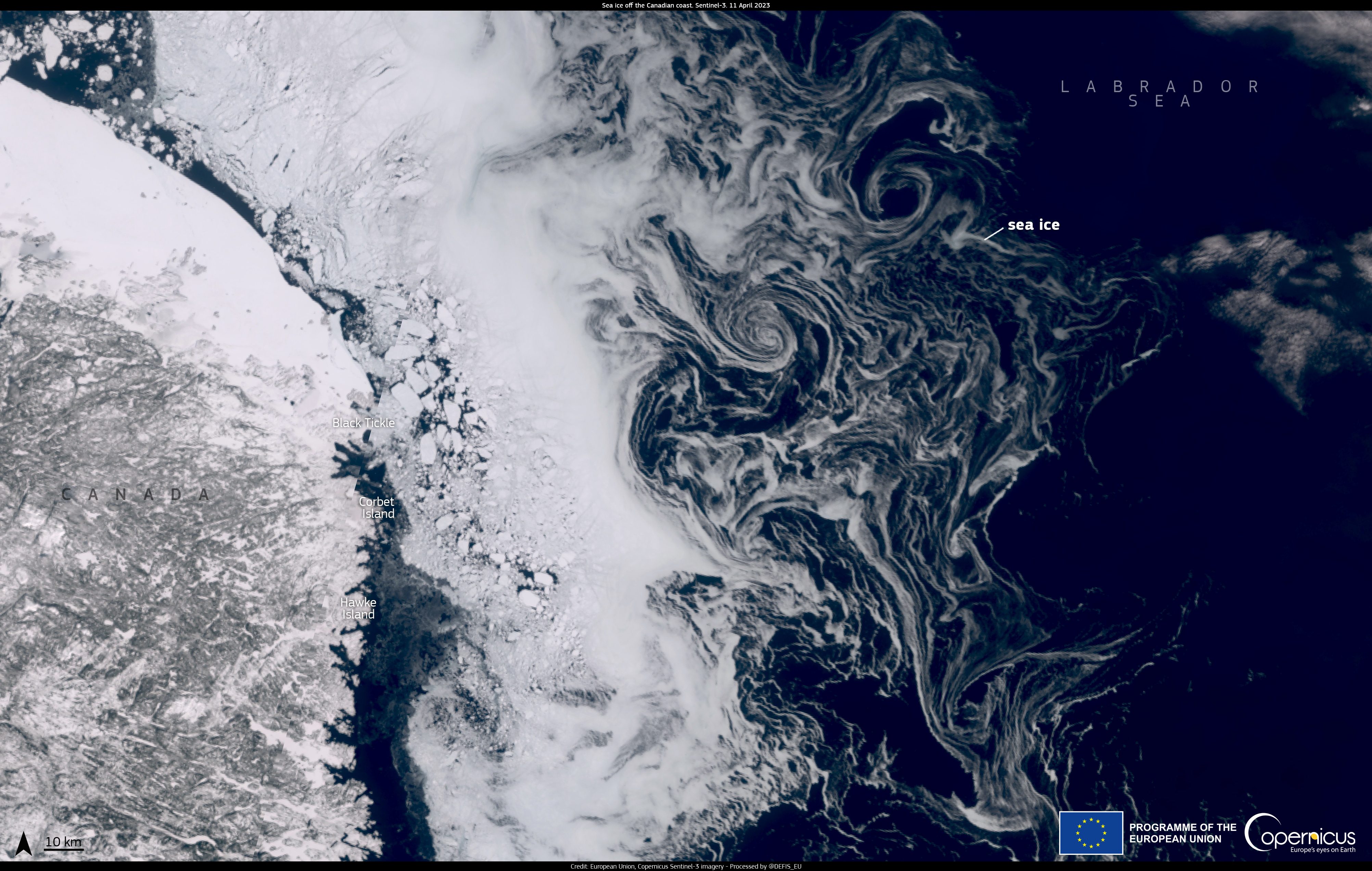On the ability of OMIP models to simulate the ocean mixed layer depth and its seasonal cycle in the Arctic Ocean
with T. Fichefet, H. Goosse & AM. Treguier
We assess ocean-sea ice models from the Ocean Modeling Intercomparison Project in the Arctic, focusing on their accuracy in simulating mixed layer depth. During summer, all models consistently underestimate depth compared to observational data. In fall and winter, models vary significantly, showing differences of tens of meters. In the central Arctic, models simulate similar sea ice mass balance, yet differences in vertical salinity profiles affect mixed layer depth accuracy. Weak stratification creates deeper mixed layers, while strong stratification results in shallower ones. A simplified model using salinity gradients and surface salt fluxes mirrors general circulation models, highlighting the role of vertical stratification in controlling mixed layer depth. This interplay may explain mixed layer biases in other ice-covered regions beyond just sea-ice ocean interaction.
